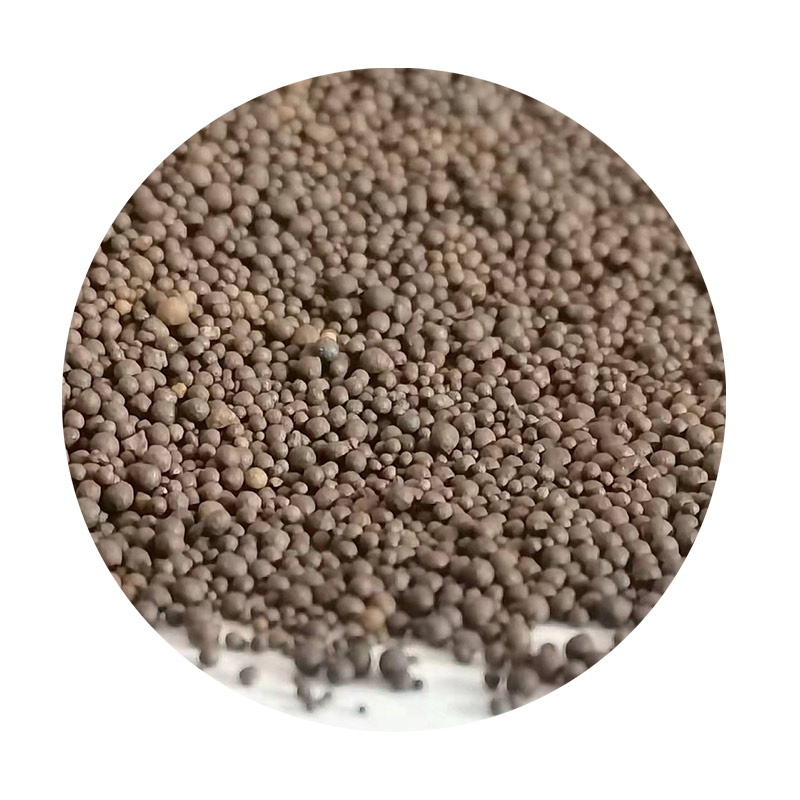Sanding 3D Resin Prints A Comprehensive Guide
3D printing has revolutionized the way we create objects, allowing for intricate designs and rapid prototyping. However, while Fused Deposition Modeling (FDM) printers are more commonly referenced, resin printing has gained significant traction in recent years, especially in industries that require high detail and smooth finishes. One important post-processing technique that enhances the quality of 3D resin prints is sanding. In this article, we will explore the benefits, techniques, and recommendations for sanding resin prints.
Why Sand Resin Prints?
The primary reason for sanding resin prints is to achieve a smooth surface finish. Unlike FDM prints, which often exhibit layer lines due to the printing process, resin prints possess a finer resolution. However, even resin prints can have imperfections such as rough areas or visible layer lines that can detract from the overall appearance of the model. Sanding helps eliminate these imperfections while also allowing the enhancement of details, making it an essential step in the finishing process for detailed models, miniatures, and prototypes.
Tools and Materials Needed
Before diving into the sanding process, gather the necessary tools and materials
1. Sanding Papers Use a variety of sanding grits, ranging from 200 to 2000. Starting with a lower grit (200-400) helps remove larger imperfections, then gradually move to higher grits (1000-2000) for finishing. 2. Sanding Sponges These are useful for getting into hard-to-reach areas or for curving surfaces where traditional sandpaper might be too rigid.
3. Water Wet sanding, where sandpaper is used with water, can help achieve a smoother finish and reduce dust. It also minimizes the risk of scratching the surface.
4. Masking Tape To protect areas that don’t require sanding, such as delicate details or surfaces that will remain visible.
5. Dust Mask and Safety Glasses Always prioritize safety. Wearing a mask can help protect against inhaling fine resin dust, while safety glasses shield your eyes from debris.
sanding 3d resin prints

Sanding Techniques
1. Initial Sanding Start with a lower grit sandpaper to eliminate any significant imperfections. Sand in a circular motion or back-and-forth to ensure even coverage. Use moderate pressure to avoid damaging the underlying structure.
2. Wet Sanding Once the larger imperfections are removed, wet sanding can be employed. This method offers a smoother finish and helps keep the dust down. Soak the sandpaper in water and sand the print gently, allowing the water to lubricate the surface.
3. Finishing Touches Transition to higher grit sandpapers (1000 and above) for final finishing. This step is crucial for achieving the glossy, smooth finish that is often sought after in resin prints. Take your time, and ensure that each layer of sanding is done meticulously.
4. Cleaning After sanding, clean the print thoroughly to remove any residual dust or particles. Rinse it under warm water and let it dry completely before any further treatment such as painting or sealing.
Additional Tips
- Test First If you're unsure about the material's reaction to sanding, test your techniques on a scrap piece or a less critical model. - Patience is Key Sanding can be a time-consuming process, but taking the time to do it right will result in a finish that enhances your print's aesthetic appeal. - Avoid Over-Sanding Be careful not to oversand, as this can remove important details or compromise the structural integrity of the print.
Conclusion
Sanding is an essential part of post-processing 3D resin prints that significantly enhances their quality and appearance. By selecting the right tools, employing effective techniques, and exercising patience, you can transform your prints from rough caresses to smooth masterpieces. Whether you're a hobbyist crafting intricate miniatures or a professional designer creating prototypes, mastering the art of sanding will undoubtedly elevate your 3D printing projects. Embrace the process, and enjoy the journey of turning a raw print into a stunning final product!
Post time:Ное . 07, 2024 08:30
Next:Understanding Tolerances in Sand Casting Processes for Improved Manufacturing Accuracy
